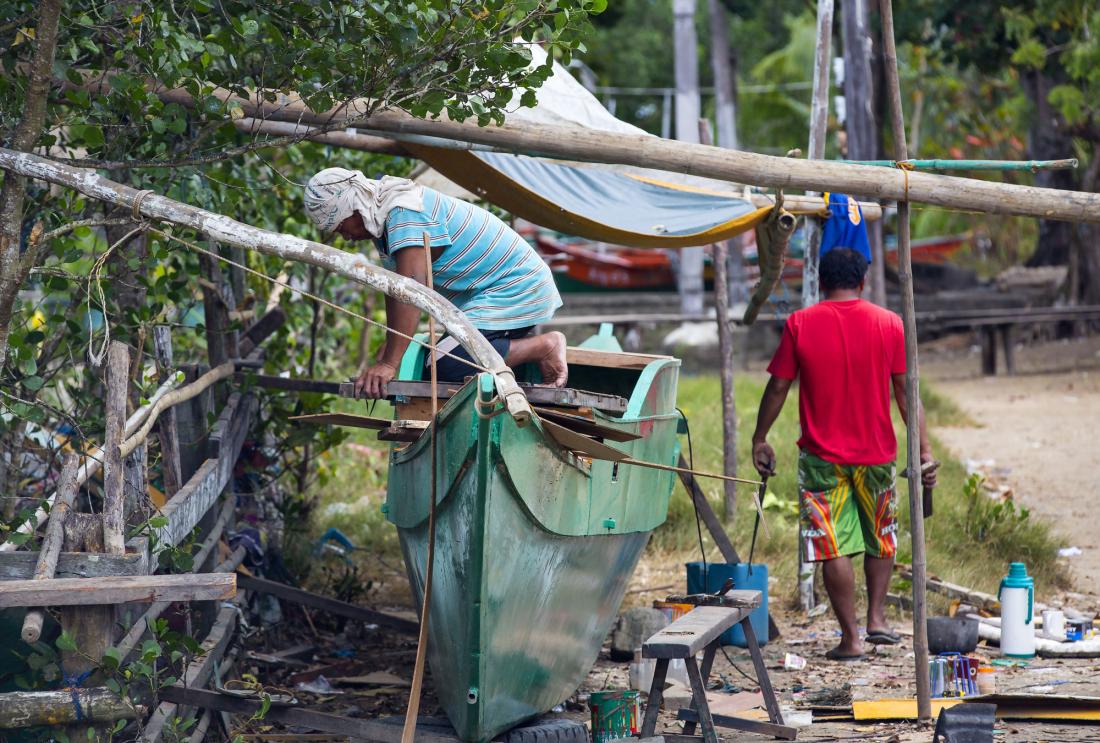Group Versus Individual Liability in the Philippines
- Entrepreneurs
- Rural population
- Credit balance/repayment
- Savings/deposits
- Credit
- Social networks
Although the success of microcredit was originally attributed to the group loan model, there is little evidence on the relative impacts of individual lending versus group lending on household consumption, income, and enterprise creation. In this study, researchers randomly selected existing group-lending centers to convert to an individual liability model. They found no difference in repayment rates between individuals assigned individual liability and those assigned group liability, no change in overall profitability for the bank, and a reduction in voluntary savings for those removed from joint liability.
Policy issue
Microfinance has generated worldwide enthusiasm as a potential catalyst for economic development and poverty reduction. The success of microcredit in providing access to capital without requiring physical collateral was originally attributed to the group loan model, where groups of people are jointly responsible for one another’s loans. Today, an extensive debate exists about the advantages and disadvantages of group liability, versus individual liability, where only the borrower is at risk if they default. As microfinance institutions (MFIs) have grown in scale, they now have the resources to assess individual credit worthiness rather than relaying on the peer enforcement of group lending. Yet, there is little evidence on the relative impacts of individual lending versus group lending on household consumption, income, and enterprise creation.
Context of the evaluation
In the Philippines 18.4 percent of the population live below the national poverty line,1 and many depend on small and individual enterprises to make a living. Leyte an island in the western Philippines, hosts a wide range of economic activities, including farming, fishing, manufacturing, and commerce. As is true in much of the Philippines, MFIs have a heavy presence in Leyte. Rural banks, cooperatives, and NGOs offer both individual and group liability microcredit loans and competition is strong. Most of the lending centers involved in this study are located in small towns or rural villages, though some are located in mid-sized cities. The majority of participants in this study are microentrepreneurs engaged in small-scale sales or activities such as tailoring, food processing, and farming. The average loan size for this sample is US$116), not an insignificant amount when compared to the Philippines GDP per capita of US$3,300.2

Details of the intervention
Researchers examined two evaluations conducted by the Green Bank of Caraga to evaluate the effects of group liability compared to individual liability on monitoring and enforcing loans.
In the first evaluation, half of the bank’s 169 existing group-lending centers on the island of Leyte were randomly selected to convert to the individual liability model, phased in over the course of three years. Individual liability centers were converted from existing centers, and not newly created. By comparing the repayment behavior of existing clients in group-liability centers to those in converted centers, researchers were able to isolate the impact of peer pressure on from loan default rates.
In the second evaluation, 68 communities were randomly selected from areas where the bank was not yet operating. Each of these villages was randomly assigned into one of three treatment groups before the bank established lending centers: group liability program, individual liability program, and group liability program converted to individual liability after the first cycle. This design allowed researchers to estimate the overall effect of how group versus individual liability loans affect the borrowing behavior of new customers.
Results and policy lessons
Impact on repayment rates: After three years, researchers found no difference in repayment rates among individuals assigned individual liability compared to those assigned to group liability. Put another way, clients in individual liability centers were no more likely to default than their peers in group liability centers both in the long run, as well as the immediate short-run of the outstanding loans converted while in repayment.
Impact on loan size and savings deposits: The removal of joint liability resulted in larger lending groups, hence further outreach and use of credit. But the average loan size was smaller, leading to no change in overall profitability for the lending institution. There was a reduction in voluntary savings, most likely due to the fact that savings were no longer set aside for center activities, so members were more likely to withdraw savings. This in turn lowered clients’ capacity to borrow the next loan cycle.
Impact on client growth: Individual liability was much better at attracting new clients. It also made existing centers 13.7 percentage points (37 percent) less likely to be dissolved—addressing the concern of many MFIs that groups usually dissolved after two to three years. However, bank officers in new areas were less willing to open groups in individual liability centers despite the fact that there had been no increase in defaults. This constrained the growth of the lending program.

